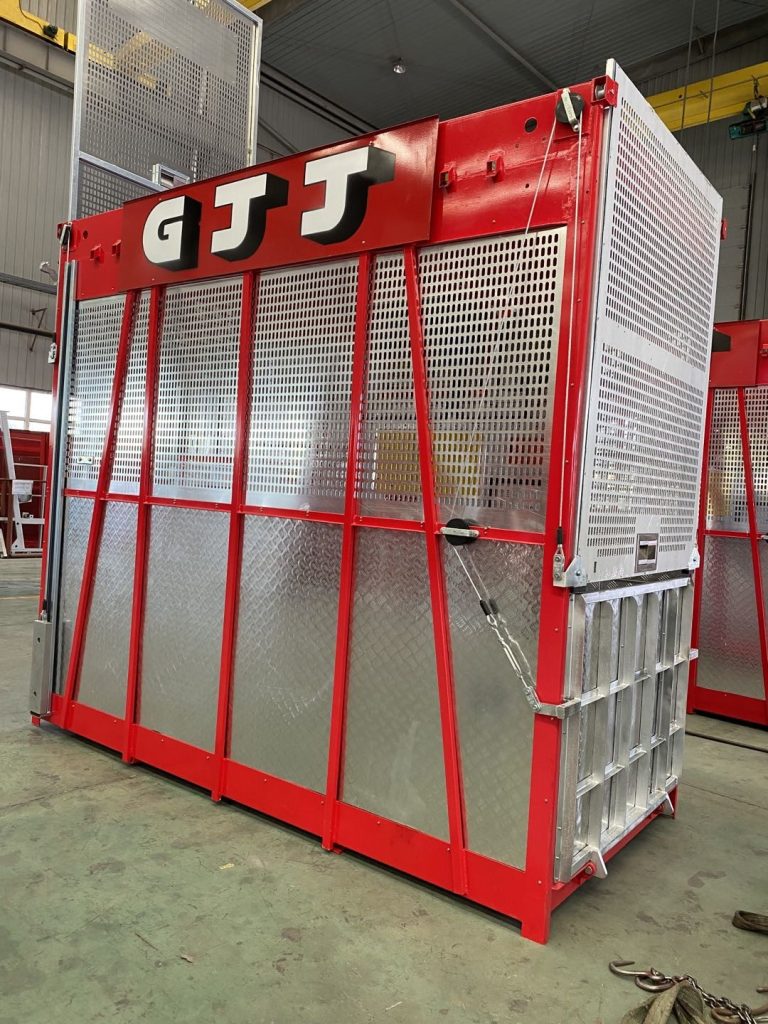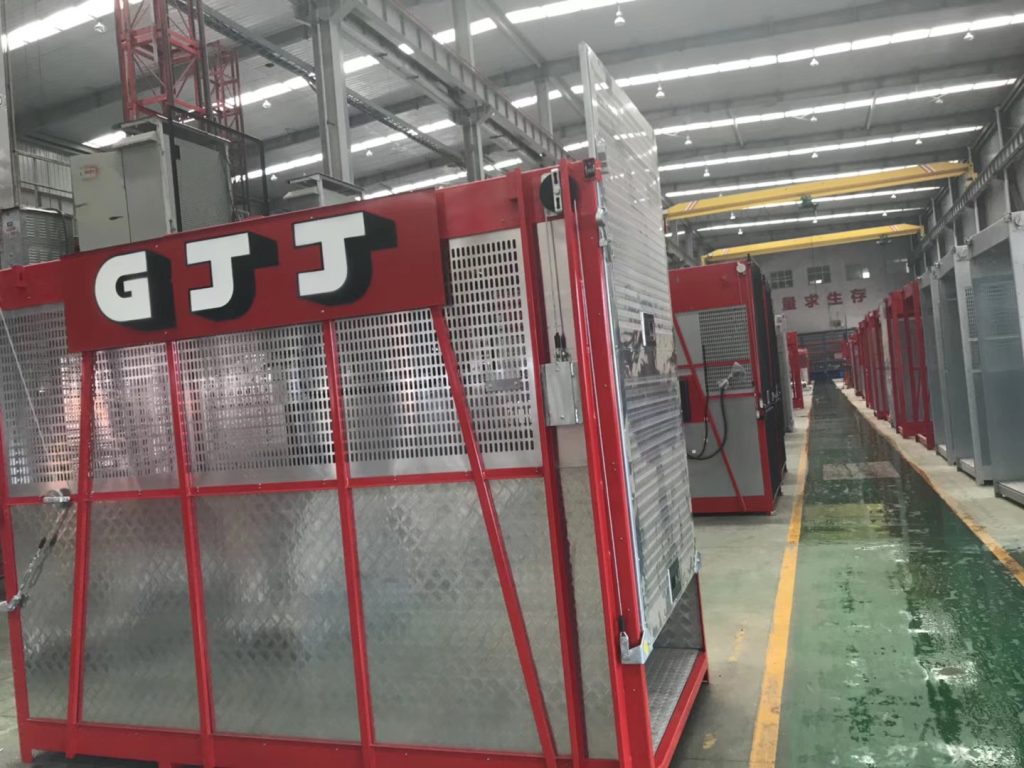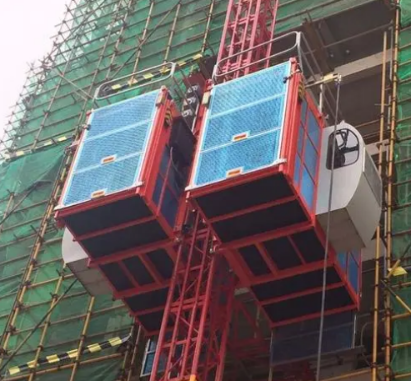On a construction site, the smooth functioning of lifts impacts both productivity and safety. Unplanned events like a construction hoist sudden power failure can cause disruptions. In such cases, what is important is following appropriate procedures in managing shutdowns efficiently.
In the next few sections, I will break down risk and downtime minimization through response tactics, lift troubleshooting methods, analysis of common faults, and preventative maintenance strategies.
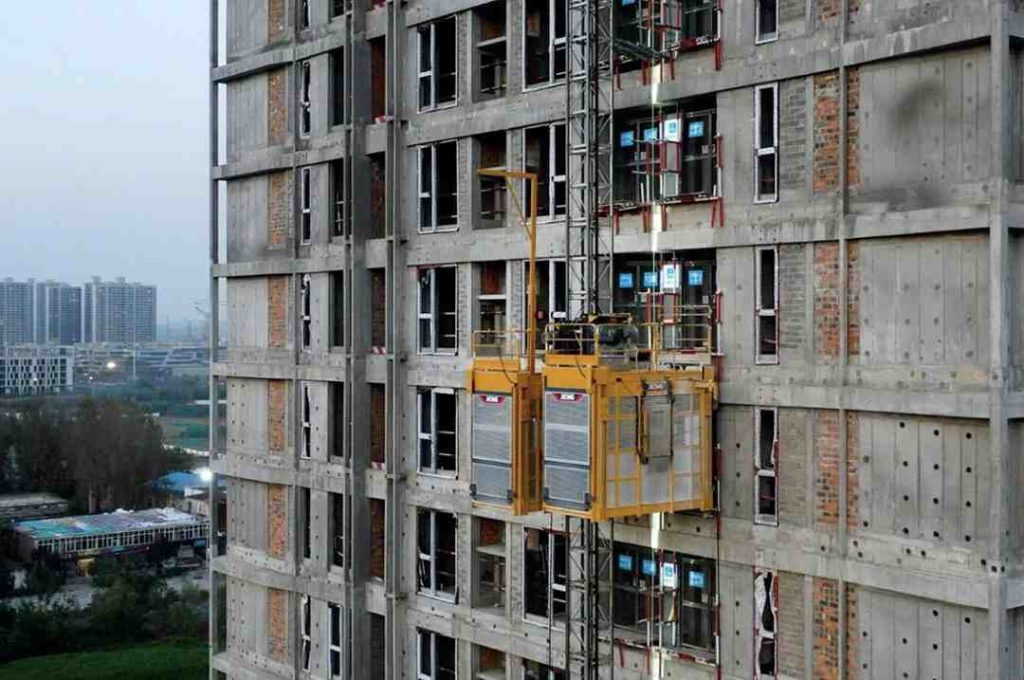
Immediate Emergency Response After Power Loss
In the case of a hoist failure, the first priority should always be addressing any personnel that may potentially be harmed. In this instance, all safety protocol associated with site containment will need to be activated in order to ensure everyone’s safety while assessing if there are individuals trapped at the site.
Ensure Personnel Safety
Safety considerations become paramount the instant a construction hoist ceases to function. Follow these procedures:
- Stay calm and act fast – Avoid panic as it may lead to irrational decisions. Notify all nearby personnel that the hoist is inoperable.
- Check for occupants inside the hoist cage – It is essential to understand if the lift has stopped mid-operation for any reason, attempting communication via intercom systems or radios should be established first.
- Instruct bystanders to stay clear – Use your voice alert bystanders not to crowd around. There may be unanticipated cage movement or mechanical functions which may lead to sudden actuation of grabbers or openers.
Rescue Measures for Trapped Personnel
Following the designated and practiced emergency procedures becomes essential if personnel are trapped within hoist cabs.
- Use the manual lowering system – Most modern hoists feature either hand wheel or hydraulic released systems which permit manual descent.
- Ensure only trained personnel operate emergency controls – Improper use of manual descent devices may worsen the situation or damage the hoist.
- Contact professional aides (fire department) – If they possess equipment or training directed towards high-angle rescue evacuations, reserve calling them until you cannot safely follow through with your internal plan within a 30 minutes timeframe, provided non-territorial navigation is sustained (i.e., without moving around freely in space).
- Maintain communication – Reassure the person inside and provide clear instructions until they are safely lowered to ground level.
Site-Wide Safety Measures
In conjunction with prompt lifesaving activities, all other portions of the location must be secured in a manner that mitigates further dangers.
- Turn off the main power switch– This eliminates the possibility of electrical surges or unintentional reactivation upon restoring power.
- Document the event – Note the time, personnel involved, actions taken in response to issue for reporting and follow-up analysis.
- Inform the relevant authorities and safety personnel – Notify management so they may initiate appropriate inquiries and inspections concerning equipment.
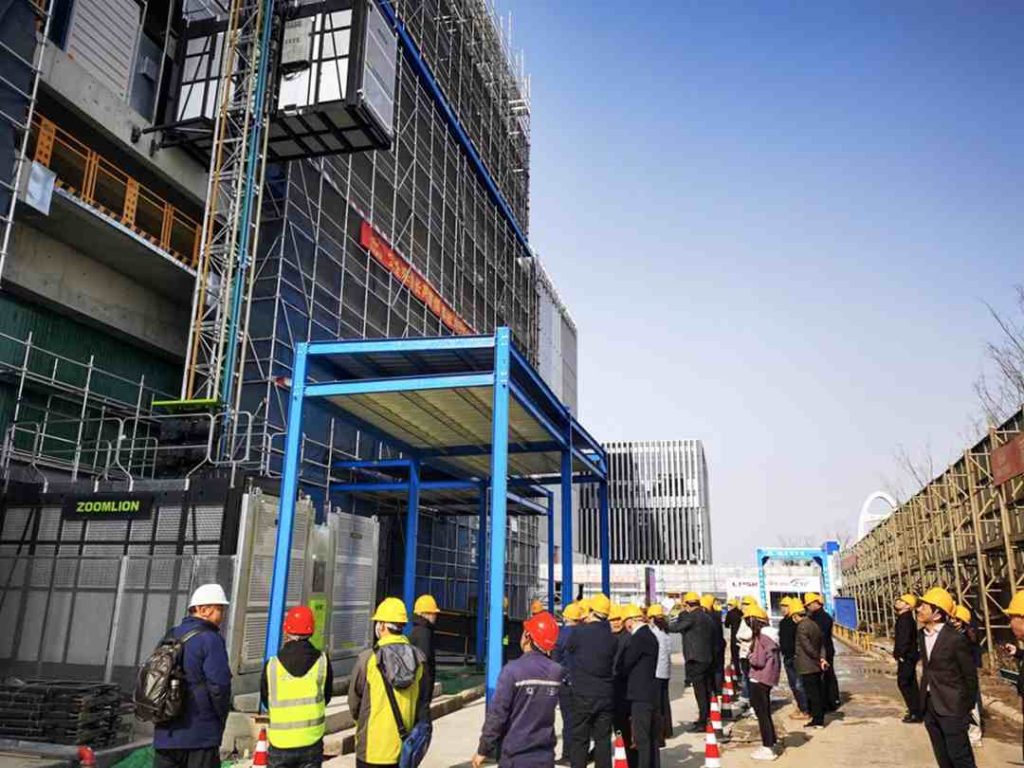
Troubleshooting Steps After Power Loss
Once the emergency is contained, begin a systematic troubleshooting to identify the cause.
Step 1: Check the External Power Source
Is the entire site down? – The reason might be a grid outage or generator failure.
Check the site power distribution panel – Look for tripped circuit breakers or any abnormal power readings.
Check fuel levels and condition of any standby generators – The majority of power failures are due to fuel exhaustion or generator failure.
Step 2: Inspect Electrical Panels and Controls
Inspect the hoist control cabinet – Are there error lights on, blown fuses, or error messages on the display?
Inspect voltage outputs – Use a multimeter to check if voltage is reaching critical components.
Reboot the system if it is safe to do so – In some cases, a power cycle or reset of the control panel will restore normal function.
Step 3: Examine the Hoist’s Internal Systems
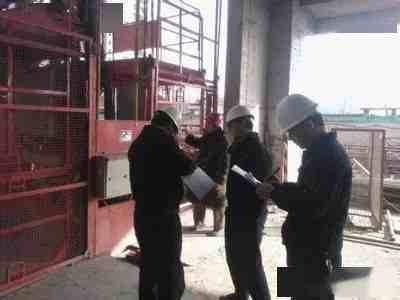
Examine the motor and drive systems – Signs of overheating, wear, and burning smells are all indications of motor failure.
Examine relays and contactors – These components control power delivery and tend to burn out.
Look for signs of physical damage – Loose or frayed wiring, water ingress, or worn components can all necessitate abrupt loss of power.
Step 4: Call a Qualified Technician if Needed
If straightforward checks don’t reveal the reason, or if internal components are damaged:
Bring in your hoist supplier or maintenance contractor – Trained technicians have the expertise to safely test and repair complex hoist systems.
Avoid unauthorized repairs – Repairs by unqualified persons can void warranties or cause further damage and danger.
Common Causes of Sudden Power Loss in Construction Hoists
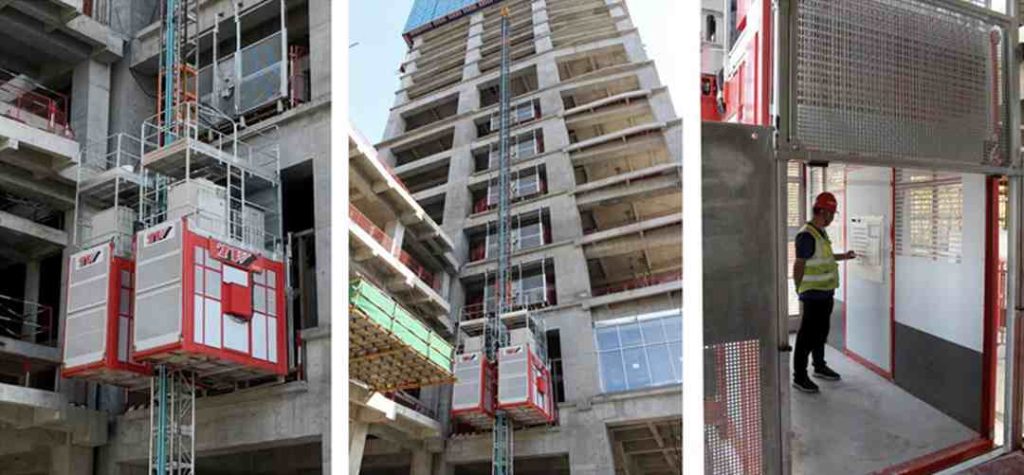
Understanding the typical causes of power failure helps in quicker diagnosis and long-term prevention:
- Grid outages: Power loss due to weather conditions, utility failures, or construction work damaging nearby lines.
- Generator failure: Poor maintenance, fuel contamination, or even an overload can cause unexpected shut down.
- Short circuits/ Overload: Situations in which the hoist is drawing more power than what it’s designed to draw may trigger protective systems to trip.
- Faulty wiring or loose connections: Cables with poor installation tend to suffer from age and vibration leading to intermittent power supply issues.
- Emergency stop activation: Engaging the emergency stop button either mistakenly or during a non-related incident can also lead to shutdown.
- Limit switch malfunctions: These limit switches define boundaries within which the motion of the hoist is permitted; if they fail, motion may be prevented in order to ensure safe operation.
Preventive Measures to Avoid Power Loss Risks
To mitigate the risk of unscheduled stoppages, consider these proactive measures:
- Carry out regular electrical inspections: Confirm that all cables, contacts, and panels are clean and free from corrosion as well as secure.
- Maintain backup power systems: Ensure that generators are properly fueled and undertested to weekly operational conditions.
- Install voltage stabilizers or surge protectors: These devices can help avert damages arising due to fluctuation in voltage levels.
- Train staff on emergency response procedures: Each operator should be able to execute manual descent system procedures and manage power loss situations without getting worked up.
- Keep a maintenance log: Logs ensure captured data which helps construct trends over time for informed future planning.
- Use quality equipment: Purchase hoists with CE or ISO certified robust control systems, thorough diagnostics, and safety mechanisms attested and verified to industry standards.
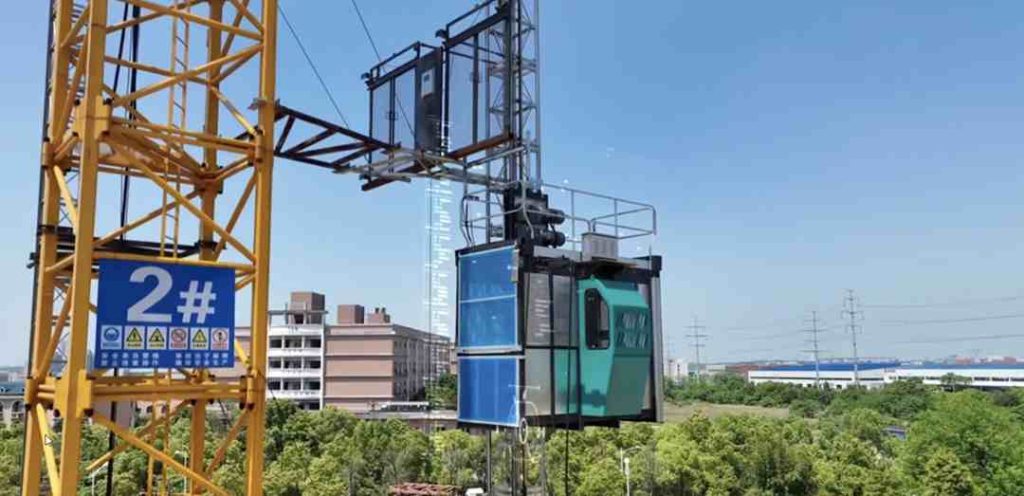
Final Thoughts
Power outages are common occurrences on busy construction sites—but your response to them matters. A quick and coordinated response guarantees the safety of workers as well as each piece of equipment. No less important is undertaking measures to mitigate the possibility of future disruptions.
In selection of a construction hoist, make sure you choose models with dependable power supply systems, automatic emergency lowering features, and standby technical support for use when problems arise.
Related Products
Construction Material Hoist
Use high-quality steel
Simple and cost-saving
SC Series Frequency Conversion Hoist
Frequency conversion control system.
Smooth starting and braking, less mechanical…
GJJ Construction Site Hoist
With a lightweight…
Builder Hoist Lift
Flexible
Multifunctional
Easy to operate

